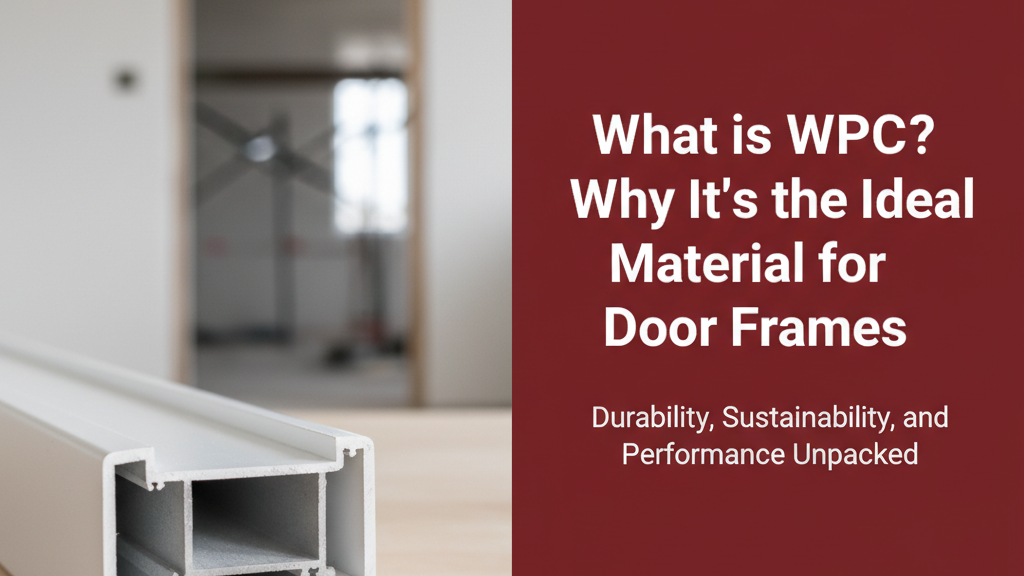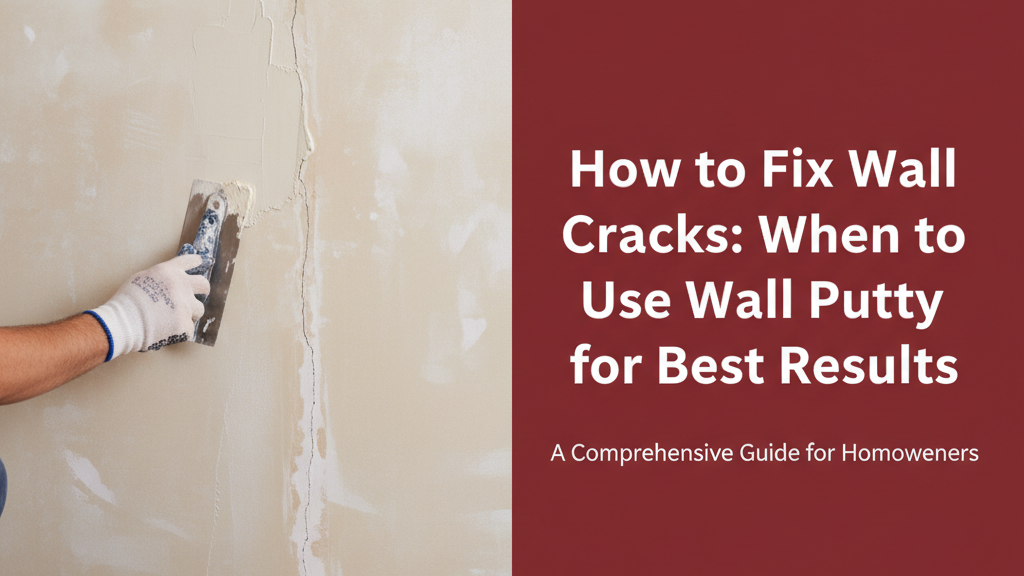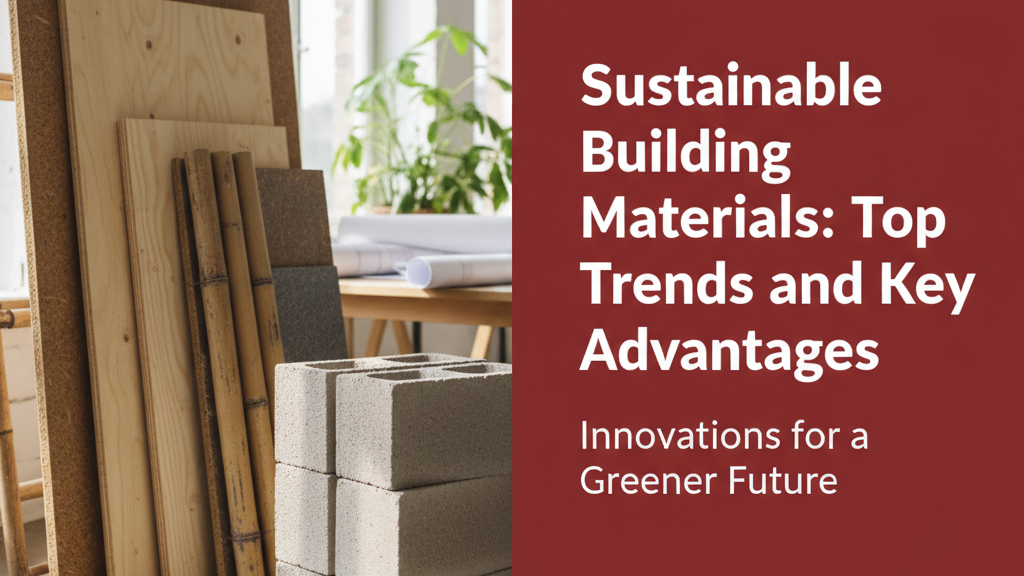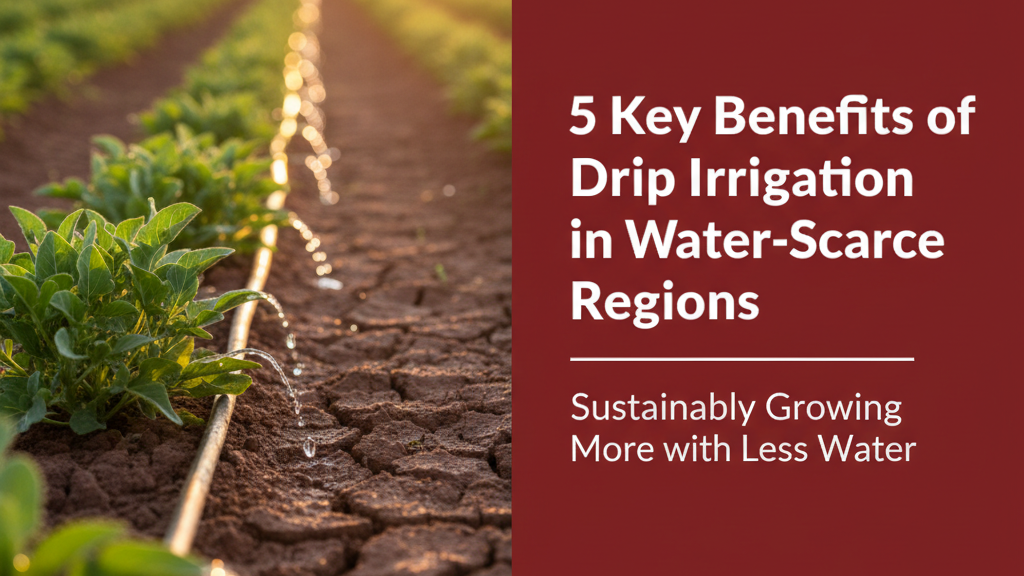Understanding WPC: A Modern Alternative for Door Frames
Wood Plastic Composite (WPC) is an engineered material blending natural wood fibres or flour with thermoplastics like PVC, PE, or PP. Developed to combine the best qualities of wood and plastic, WPC offers a balanced solution for door frames—providing natural aesthetics without the vulnerabilities of traditional materials in Indian conditions.
Why WPC Stands Out for Door Frames
WPC door frames address common challenges faced by homeowners and builders in India’s diverse climate:
- Structural stability: Won’t warp or crack in humidity or temperature fluctuations (30–45°C typical).
- Moisture resistance: Unlike wood, doesn’t swell during monsoons or rot in damp conditions.
- Insect protection: Termites and borers, which damage wooden frames, can’t thrive in WPC.
Durability Engineered for Indian Conditions
WPC’s composition gives it distinct advantages in longevity and weather resistance:
- UV-stabilised: Resists fading under direct sunlight better than untreated wood.
- Thermal performance: Expands/contracts minimally (±0.5–1 mm per metre) compared to wood (±2–4 mm).
- Corrosion-free: Unlike metal frames, won’t rust in coastal or high-humidity areas.
| Material | Lifespan | Moisture Resistance | Maintenance Needs |
|---|---|---|---|
| WPC | 15–25 years | Excellent | Annual cleaning |
| Wood | 8–12 years | Poor | Seasonal painting |
| uPVC | 20+ years | Excellent | Bi-annual cleaning |
Practical Benefits: Maintenance and Installation
WPC simplifies both installation and upkeep:
- No sanding or polishing: Factory-finished surfaces need only occasional wiping with mild detergent.
- Pre-drilled fixtures: Many WPC frame systems include alignment aids for precise door hanging.
- Consistent dimensions: Unlike natural wood, won’t require planing or adjustments after installation.
Design Flexibility Without Compromise
WPC accommodates diverse architectural styles through:
- Texture options: Replicates wood grains, smooth finishes, or contemporary patterns.
- Colour retention: Pigments bonded within the material (not surface coats) prevent peeling.
- Custom milling: Can be routed for decorative mouldings or sleek modern profiles.
Sustainability Considerations
WPC presents environmental advantages, particularly when made with recycled materials:
- Reduces deforestation: 1 m³ of WPC saves approximately 1.5 mature trees compared to solid wood.
- Recyclability: Many WPC formulations can be reprocessed at end-of-life.
- Low VOC emissions: Doesn’t require paints or preservatives that release volatile compounds.
Material Comparison: WPC vs uPVC vs Wood
Key technical differences that influence selection:
- Thermal conductivity: WPC (0.15–0.25 W/m·K) insulates better than uPVC (0.16–0.28 W/m·K) and metals (~50 W/m·K).
- Sound insulation: WPC’s density provides 25–30 dB noise reduction—comparable to uPVC chambers.
- Fastener retention: Holds screws better than uPVC; metal reinforcement isn’t mandatory as with hollow PVC frames.
Long-Term Value Proposition
While WPC’s initial cost per linear foot may be 15–25% higher than treated wood, lifecycle savings arise from:
- Eliminating repainting costs (₹120–300/sq ft every 2–3 years for wood).
- Reduced repair frequency—no putty work for cracks or replacement due to rot.
- Energy savings through better thermal breaks than aluminium or steel frames.
Choosing WPC for Your Project
Consider WPC door frames when prioritising these factors:
- Durability in monsoon-prone or coastal regions
- Minimal maintenance requirements
- Natural aesthetics without wood’s vulnerabilities
- Projects aiming for green building certifications
For high-traffic commercial settings or specialised fire-rated applications, verify material certifications against project specifications.




